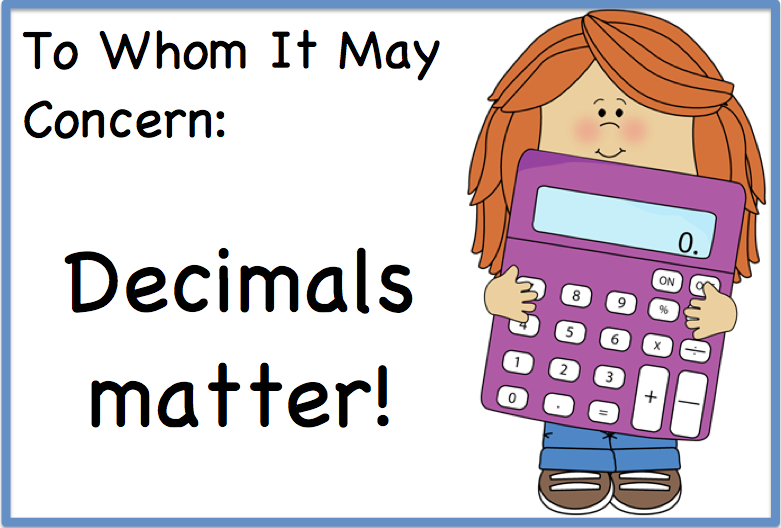Last night, I opened all of my students' Personal Income Tax documents that they were working on. I went through each and checked for accuracy of addition. I had already checked the accuracy of their multiplication on their grid sheets (where they show their work), but used the SUM formula in Sheets to check their addition (so much faster). On each page, as I found an error, I corrected it in red. This allows my students to see where errors were made, but it also allowed me to input correct information to use today.
So, today, we used the total amount of taxes found yesterday and subtracted it from our GROSS income. I explained that the difference (answer to the subtraction problem) was the amount of money they actually got to take home! Students were not pleased to see how much their income decreased!
I also had to explain that this is not the amount of money we take home each month! Our next step was to divide our net income by 12 to find our monthly net income. I did check both their subtraction and division numbers as they completed them since I wanted correct information placed on their Personal Income Tax form. I was very pleased with the number of students who divided PERFECTLY even though they were dividing a HUGE (by their standards) number by a TWO-DIGIT divisor... oh the horror! We placed this information on our budget sheet to be used as we contemplate our month expenses.
At this point, they were able to "turn in" their completed document and we finished taking our notes about gross income vs net income. I even showed them a pay stub to see how gross and net income were shown as you receive a paycheck. To finish off this part of our day, I asked the kids to answer the following prompt:
Summarize what you have learned by explaining
the role TAXES play in your gross and net income.
We also worked with the idea of keeping a savings account. To begin, we talked about the necessity of a safety net for unexpected things that happen in life. We referred back to the information we had seen that suggested putting 10% of each paycheck into savings. So, our next step was to find the amount of 10% of our monthly net income. We added this information to our budget sheet and subtracted from our beginning balance (monthly net income).
To show how savings can grow quickly, we found out how much we would save over 6 months and then 1 year. We also discussed putting the money in an account at the bank where it could accrue interest. They were very "interested" in the idea of getting free money, even though .04% a month is not much. However, they did realize that, since they received this monthly on the new balance, this added up pretty nicely!
This project is terrific! It is of such high interest to my students they do not complain about the amount of math they are completing!
















